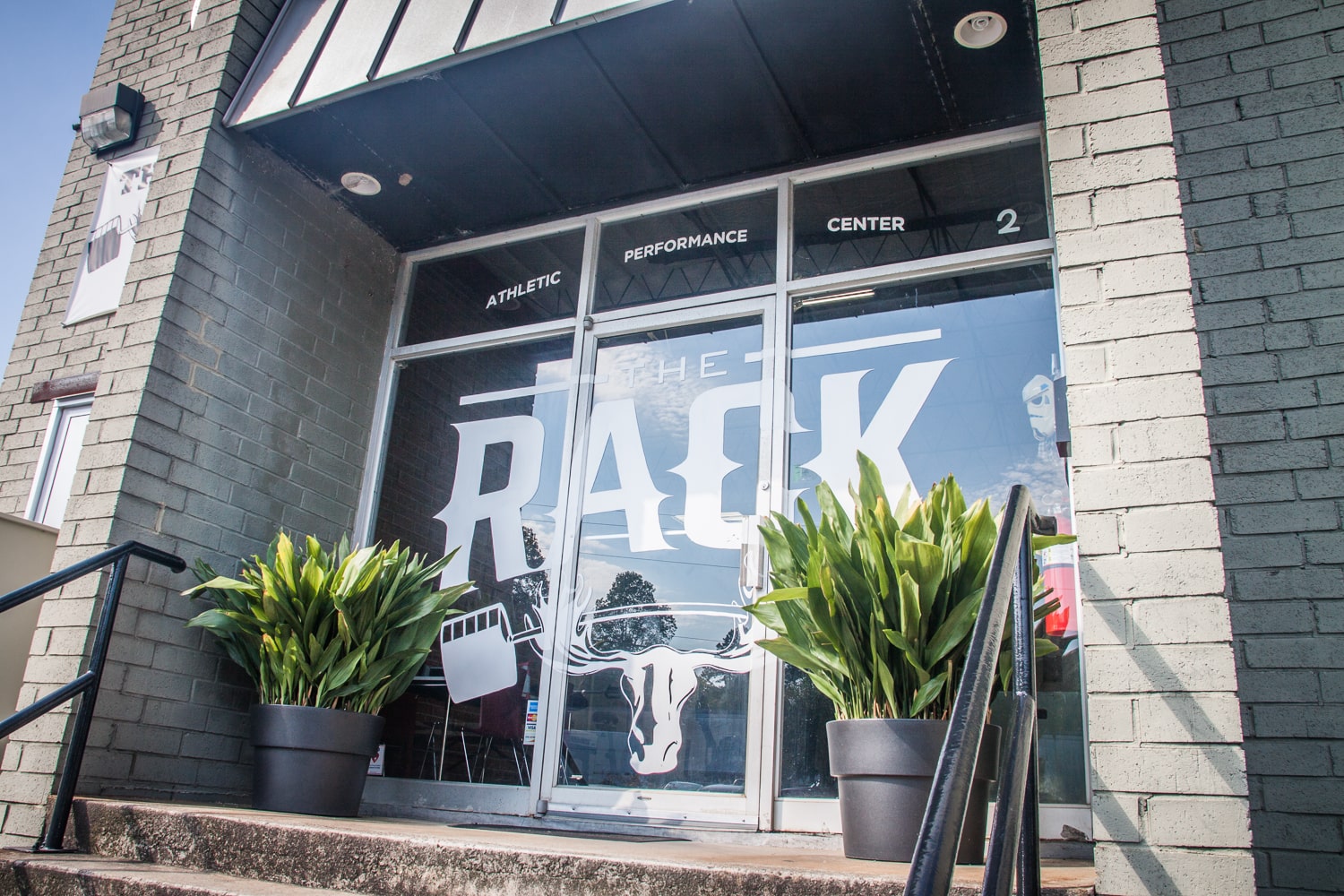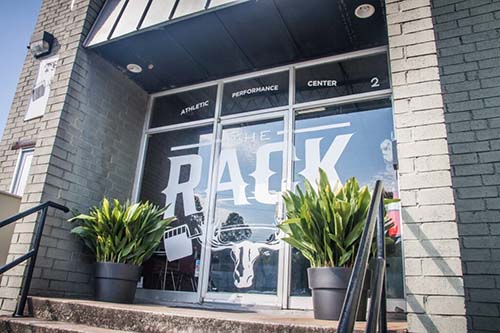Training For Joint Stability

Whether a clients goal is to recover from an injury, stay fit or improve their performance, joint stability plays a key role in their success. The small muscles that cross a single joint are typically responsible for holding the joint together and creating dynamic stability as the joint moves. Developing appropriate joint stability and endurance of these muscles creates a necessary foundation for adding load, repetition and multidirectional challenges. Here are some key principles when training for joint stability.
Training Both Sides of Joint
Train both sides, then you’ll become strong on both sides and muscles will be actively working evenly rather than overworked resulting in less chance of injuries. When you don’t use a muscle for so long, the brain almost forgets how to use it and your structural balance becomes off resulting in injuries. Take the elbow join for an example. If you were to only do elbow flexion exercises working the biceps and never do any elbow extension exercises for the the tricep. The stronger muscle can then create more pulling forces on the elbow joint, and create “tightness”, inflammation, etc.
Train In Full Range of Motion
At some point everyone had full range mobility in their joints as a kid. Unless you were born with a anatomical disorder. I will always say; if you don’t use it, you lose it! Overtime, as we grow and become adults are bodies become familiar to positions that you are exposed to repeatedly. So from a training stand point if you are sure to train in full ranges of motion your joints and muscles will become stable and strong in those ranges. If you are inactive and not using those ranges then your body will become immobile and “tight.”
Train Your Stabilizer Muscles
Every joint has small deep muscles that help stabilize the joint. Although compound exercises are the bang for your buck. You can’t neglect the small muscle groups. Take the shoulder for example; there are small muscles in the rotator cuff that works together to position the humeral head correctly so the larger muscle groups can move the arm efficiently. It is vital to be sure to train those muscles with simple exercises such as external and internal rotations to create a overall healthy shoulder. This same principle holds true for most joints and should not be overlooked.
Mobility Training
There are a ton of ways to practice mobility. Mobility is the act of being able to move freely and pain free. It is the art of gaining strength and flexibility in joints and muscles. The main system we use at The Rack is FRC principles. Functional Range Conditioning refers to a specific scientifically-based trademarked system that is aimed at improving mobility and joint control through various targeted exercises.
If you would like to learn more on how to improve joint stability. Please contact us.


